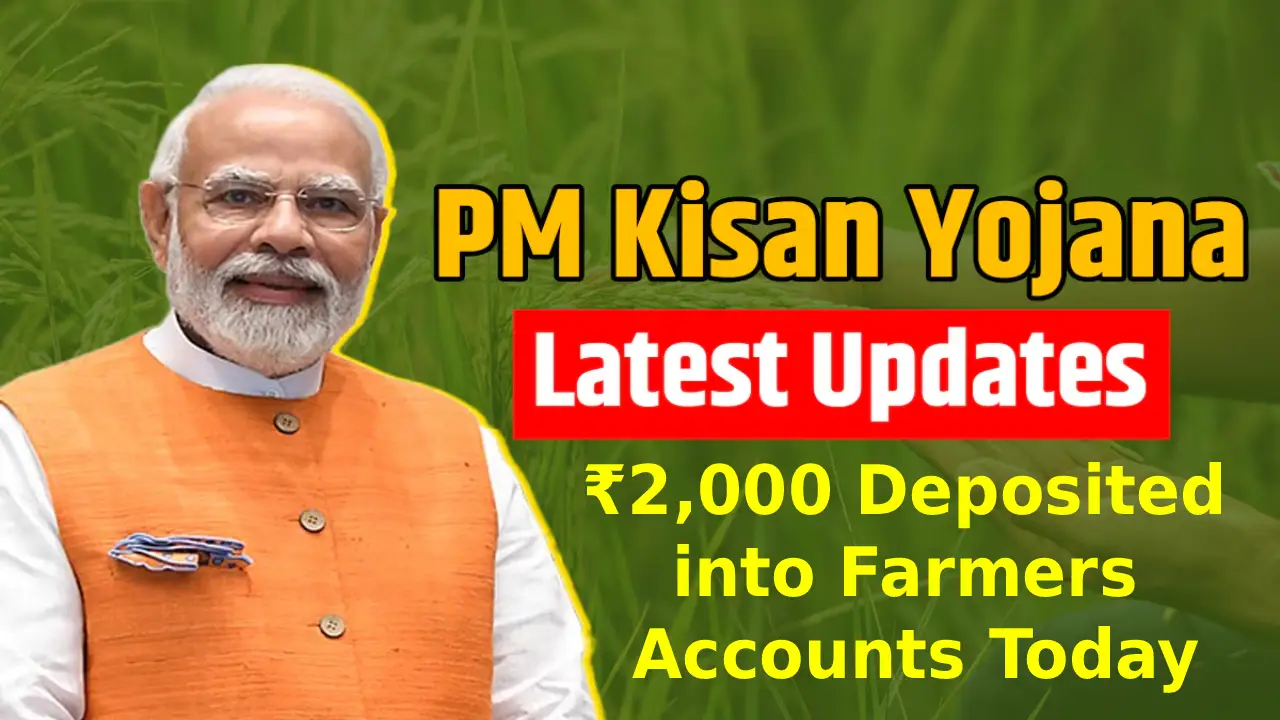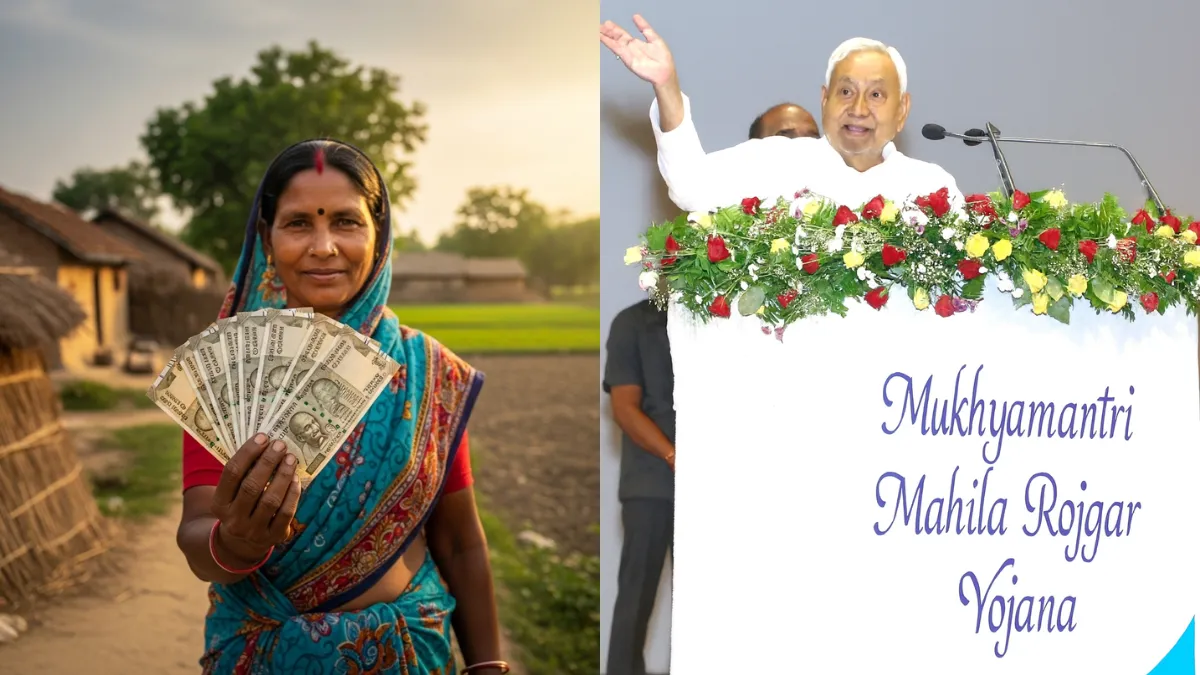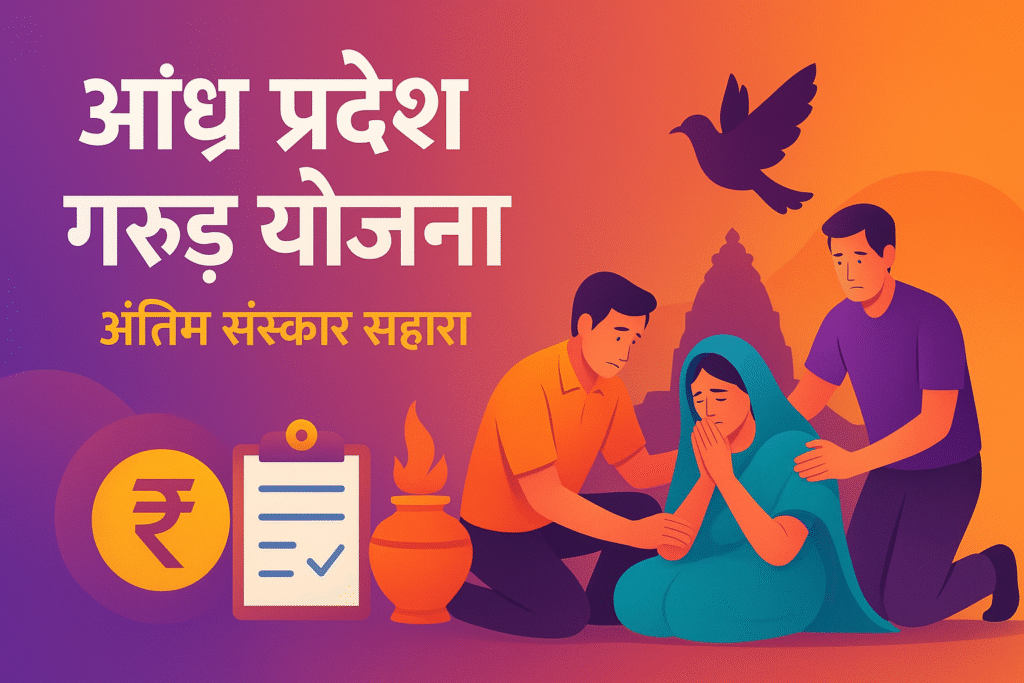Millions of farmers across India are set to receive a major financial boost today under the Pradhan Mantri Kisan Samman Nidhi (PM-KISAN) Yojana. The government has officially confirmed that the long wait will end this afternoon, when Prime Minister Narendra Modi releases the next installment of ₹2,000 directly into the bank accounts of eligible beneficiaries. With this installment, the government will transfer a total of ₹18,000 crore, offering timely assistance to farmers ahead of the rabi season.
The PM-KISAN Yojana, launched in 2019, remains one of the most impactful income support schemes for small and marginal farmers. As the government prepares to release a fresh installment today, expectations and excitement are running high among farming families across the nation. Here is a detailed breakdown of the scheme, the latest installment, and what farmers should know.
What Is the PM-KISAN Yojana?
The PM Kisan Samman Nidhi is a central government scheme aimed at improving income stability for farmers. Under this initiative, eligible farmers receive ₹6,000 per year, divided into three equal installments of ₹2,000 each.
The scheme was launched to help small farmers cope with the rising cost of seeds, fertilizers, equipment, and other agricultural needs. Since its inception, PM-KISAN has reached over 11 crore farmers, becoming one of the largest direct benefit transfer (DBT) programs in the world.
Why Today’s Installment Matters
Today marks the release of yet another installment under the scheme. The transfer comes at a critical time, as farmers begin preparations for the rabi cropping season. The funds will help them procure essential inputs such as seeds, fertilizers, and equipment.
As per official information, ₹18,000 crore will be transferred in one click by Prime Minister Modi. Each eligible farmer will receive ₹2,000 directly into their Aadhaar-linked bank account.
This installment is expected to provide immediate relief to millions of households who rely heavily on timely agricultural support.
How Many Installments Have Been Released So Far?
Since the scheme began in 2019, the government has released 17 installments. Today’s distribution marks the next addition to this growing list of timely support transfers.
With each installment helping farmers reduce financial pressure during cultivation cycles, the scheme has played a major role in strengthening rural India’s economic structure.
Who Is Eligible for the PM-KISAN Installment?
To receive the ₹2,000 installment, farmers must meet the following criteria:
- They must own cultivable land registered in their name.
- Their Aadhaar must be linked with their bank account.
- Their information must be verified through e-KYC, a mandatory step introduced recently.
- Institutional landholders, taxpayers, and high-income individuals are not eligible.
Farmers who have not completed their e-KYC or land verification may not receive the installment today. The government has urged farmers to complete these steps at the earliest.
Has Your ₹2,000 Reached Your Account? Here’s How to Check
Farmers can check the status of their installment using several methods:
1. PM-KISAN Official Website
Visit the official website and click on the Beneficiary Status section. Enter your mobile number or registration number to check whether the installment has been credited.
2. PM-KISAN Mobile App
Download the PM-KISAN app for an instant update on payment status and beneficiary list.
3. Local CSC Centers
Farmers can visit their nearest Common Service Center to check their installment status and seek help with e-KYC or bank details.
Ensuring Transparency and Fast Payments
The government has emphasized that PM-KISAN installments are processed through the Direct Benefit Transfer (DBT) system, minimizing delays, corruption, or involvement of middlemen. Aadhaar authentication ensures clean data and that only eligible farmers benefit.
The government’s focus remains on:
- speedy verification
- transparent record keeping
- direct financial assistance
- nationwide inclusion of small and marginal farmers
This has resulted in a smoother transfer process and higher satisfaction among beneficiaries.
Farmers’ Expectations Ahead of the New Transfer
As the government prepares to release ₹18,000 crore today, farmers expect:
- timely credit of funds
- additional support schemes for seeds and fertilizers
- simplified processes for e-KYC and land record updates
- improved access to affordable agricultural tools
The installment brings hope, especially to those struggling with rising input costs and unpredictable weather.
The Economic Impact of PM-KISAN
Over the years, the PM-KISAN scheme has had a major impact on rural incomes. It has helped farmers:
- reduce dependence on informal lenders
- purchase better seeds and fertilizers
- adopt modern farming equipment
- stabilize household expenses
- invest in livestock and small agricultural projects
Studies show that the scheme has improved both financial stability and productivity across various regions.
Increasing Focus on Digital Agriculture
With each installment, the government continues to push for digitization. The emphasis on Aadhaar authentication, online verification, and the integration of digital land records is designed to make the scheme more efficient and future-ready.
These digital steps also ensure that the installment reaches the right beneficiaries without human interference.
Challenges Still Faced by Farmers
While PM-KISAN has been widely appreciated, there are still areas requiring improvement:
- Delays in land record updation
- Lack of awareness in remote areas
- Difficulty completing e-KYC due to digital literacy issues
- Occasional payment failures due to bank mismatches
The government has been working to address these issues through regional outreach programs and expanded CSC networks.
Looking Ahead: What Farmers Can Expect Next
Given the widespread success of PM-KISAN, there is growing speculation that the government may consider increasing the annual assistance in the future. While no official announcement has been made, farmers remain hopeful that budget allocations may expand to match rising cultivation costs.
The focus is expected to remain on:
- strengthening DBT
- ensuring timely installments
- supporting small farmers with complementary schemes
- modernizing agriculture











